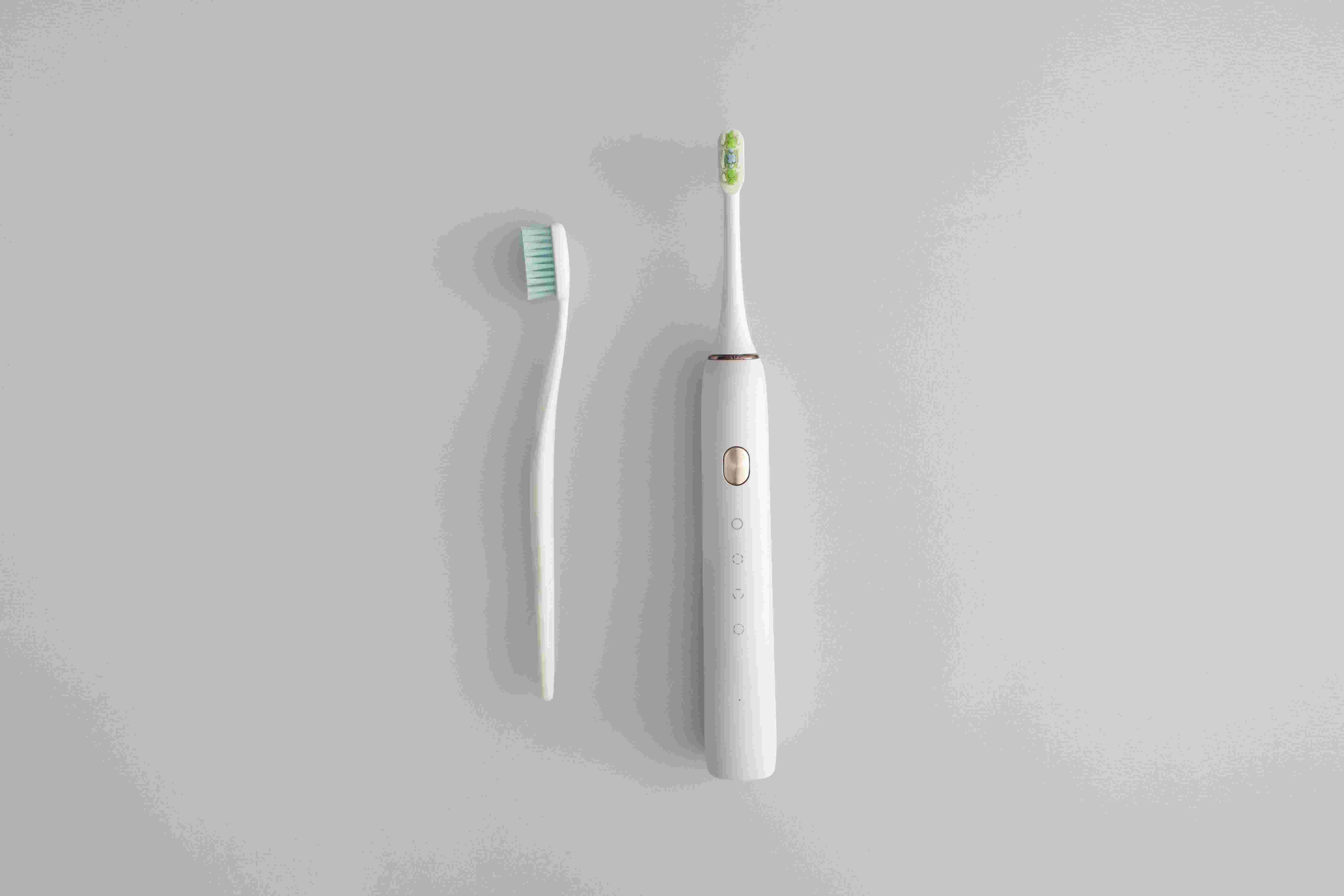Toothbrushes are available in all colors, shapes, and sizes – angled heads, layered bristles, oscillating tufts and even handles that can change colors when you use them! All of them guaranteed to do a better job than the others. However, there is no clinical research that shows that any one form of toothbrush does any better at eliminating plaque than the others. Really, the one and only important thing is that you do, in fact, brush your teeth. Numerous people merely don’t brush long enough. Many individuals don’t even brush for a minute. To effectively clean all areas of the teeth and get rid of bacteria that can cause cavities, it is suggested to brush for at least 2 to 3 minutes.

Table of Contents
The best toothbrush to use
Basically, the head of the toothbrush ought to be small, about 1″ by 1/2″, to make access to the teeth easier. A wide, long handle for a firm grasp is best. The best bristles to use are soft nylon and with rounded ends that won’t poke or irritate the gums.
Changing your toothbrush
Make sure to change toothbrushes, or if you are using an electric brush, the toothbrush head, prior to the bristles becoming frayed, spread out and flattened. Old toothbrushes become inadequate and could contain bacteria that is harmful to the mouth and can trigger infection, leading to gingivitis and periodontitis. Therefore, toothbrushes ought to be replaced every three to four months. If you are ill, you should change your toothbrush at the start of the illness and then again after it is gone.
Brushing technique
The best brushing technique is to put the toothbrush beside the teeth, angled at 45-degrees, and then gently scrub in a back and forth motion. Make sure to brush on the outside of the teeth, on top of the teeth, brush over the tongue, and particularly brush on chewing surfaces and between all the teeth. Make sure to brush at the very least two times each day, specifically after meals.
Manual versus electric toothbrushes
The electric toothbrushes do not really work much better than the manual toothbrushes, however, they do encourage some unwilling brushers to brush their teeth much more frequently. People who own electric toothbrushes are captivated by the whizzing noises, as well as the tingle associated with rotary tufts swirling across the teeth and gums. The electric toothbrushes also can clean more areas quicker than the manual brush. The electrical toothbrushes are helpful for people with restricted hand dexterity, for instance, the elderly, disabled people, or arthritis sufferers, and for individuals who wear braces. It does require even more time and effort to use the electric powered brush since you have to recharge batteries, and it has to be washed after every use. Many electric toothbrushes have rechargeable electric batteries that take 10-45 minutes to charge. Occasionally, the gearing in the electric powered brush needs to be lubricated with water. The cost is between $30 to $99.
How electric toothbrushes work
The electric toothbrushes function making use of tufts of plastic bristles, moving in an oscillating or rotary movement, to stimulate the gums and clean the teeth Sometimes the tufts are organized in a circular design, and other brushes have the standard form of many bristles lined in rows. With the first few uses with the electric brush, there may be some bleeding from your gums. As your gums become healthier and you learn to manage the brush, the bleeding will stop. Children under the age of 10 should use an electric toothbrush with supervision. Try not to mash the tufts on your teeth while cleaning them. Utilize a light force and slower movements, and let the electric bristle’s motion do the work.
The start of toothbrushes
The very first toothbrush was created in 1000 A.D. in China. The toothbrush was ivory-handled and the bristles were made from a horse’s mane. Toothbrushes became common within the nineteenth century among affluent Victorians. In the twentieth century, with mass marketing and the invention of plastic bristles, the toothbrush became inexpensive and readily available to all.
Remember!
See your dentist frequently, at least every six months, because tooth brushing and flossing of the teeth will be much more effective along with regular cleanings and check-ups.
